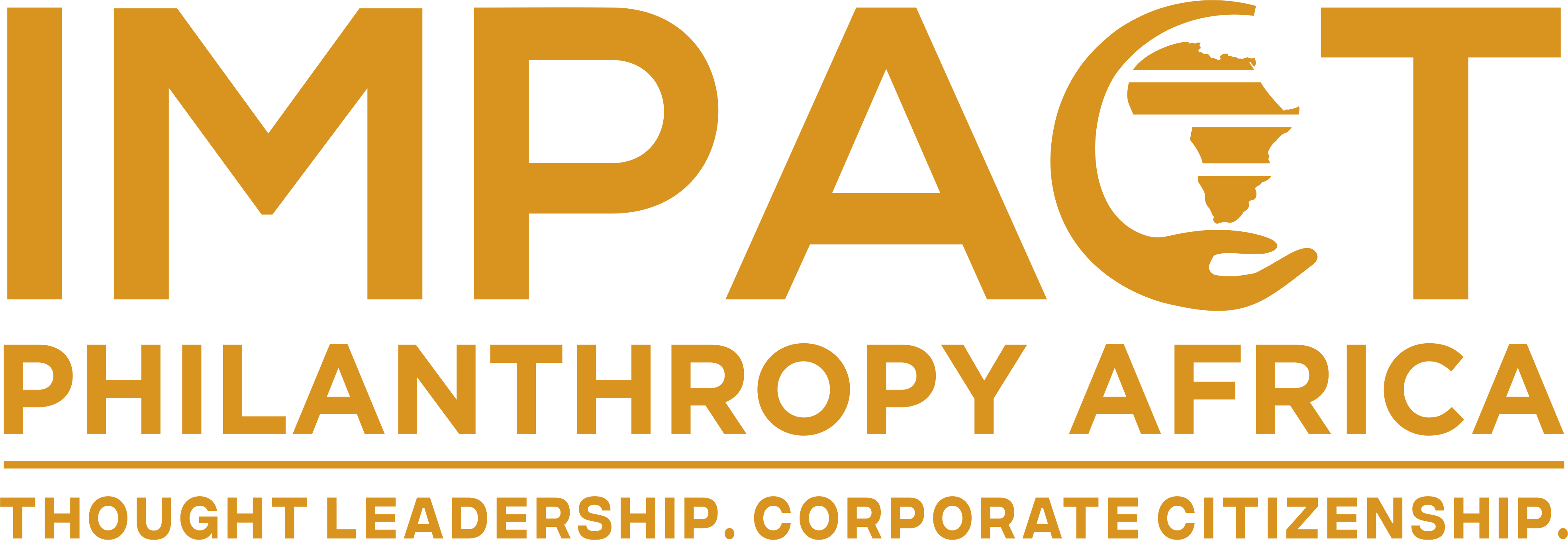by Faustina Fynn-Nyame, Executive Director, Children’s Investment Fund Foundation – Africa

In true African spirit, Kenya has enjoyed a deep and rich history of helping those in need and giving towards what local communities perceive as good. From a tender age, Kenyan children have been socialised to assist those in need. This communal spirit has seen Kenyans give towards various causes, ranging from hospital bills to education and even during tragedies such as death, famine and drought.
Kenya’s Harambee tradition, Swahili for ‘pulling together,’ has contributed to the construction of schools, health facilities, and other development interventions that Kenyan communities hold dear. This communal giving culture and history, built on individual or household donations towards helping those in need at the community/family level (including diaspora efforts), has seen many Kenyan households and communities supported to manage immediate needs.
Similarly, Kenya’s corporate sector giving has been channelled towards health, education, environmental conservation, and humanitarian emergencies. While there is no current data on the size and scope of giving and volunteering in Kenya, available data on individuals and corporates’ philanthropic activities indicates a vast and growing sector. Charitable contributions from local foundations and individual donations continue to augment government and development partners’ efforts to improve service delivery across the country.
Against this backdrop, Kenya’s development landscape has been heavily reliant on external donor funding, a fast-changing situation now focusing on self-reliance, sustainability, and local ownership. This links to the 2014 re-basing of Kenya as a lower-middle-income country that requires the country to provide a significant level of co-funding to be eligible for some external donor funding.
Several legal and policy instruments govern local philanthropy in Kenya. One example is the Public Benefit Organisations Act of 2013, which is yet to be operationalised; the Income Tax Act; Income Tax (Charitable Donations) Regulations 2007; Value Added Act; Customs and Excise Duty Act. While these laws have some clauses that provide incentives to support philanthropy, they also hold numerous opportunities to enable charity and spurring of African philanthropy.
Although the institutionalisation of local philanthropy in Kenya is limited, if well organised, it can create an environment that encourages formal giving. Apart from the Foundations and Trusts, the bulk of local philanthropy happens in an ad hoc manner with little to no documentation or tracking. This makes it difficult to ascertain the size and scope of local philanthropy in the country. It also undermines efforts at coordinating the sector. At the community level, so much is mobilised through local fundraising initiatives, but on an ad hoc and need basis.
There are opportunities to create an enabling environment within Kenya’s corporate philanthropic movement by directing charitable resources at the county level and from the diaspora towards shared development goals. This includes the design of strategies that nurture county-level philanthropy and improve Kenya’s giving through organised platforms (E.g., Kenya Diaspora Alliance).
To create policy and advocacy opportunities to nurture an enabling policy environment for Kenyan philanthropy, the Children’s Investment Fund Foundation (CIFF) and the Mpesa Foundation have co-convened Impact Philanthropy Africa. The entity is working towards bringing together actors in Kenya’s philanthropic space to build a culture of corporate social investment (CSI) and influence policy through advocacy and thought leadership to transform Kenyan and African lives at scale.
CIFF Africa’s strategic intention seeks to harness African giving and African-led institutions’ power in championing the continent’s investment agenda. In the long-term, these efforts will support and leverage African philanthropy and government funding, to co-design solutions with local communities, governments, and institutions to ensure accurate problem diagnosis as a critical ingredient for effective and self-sustaining impact in true Harambee spirit.
